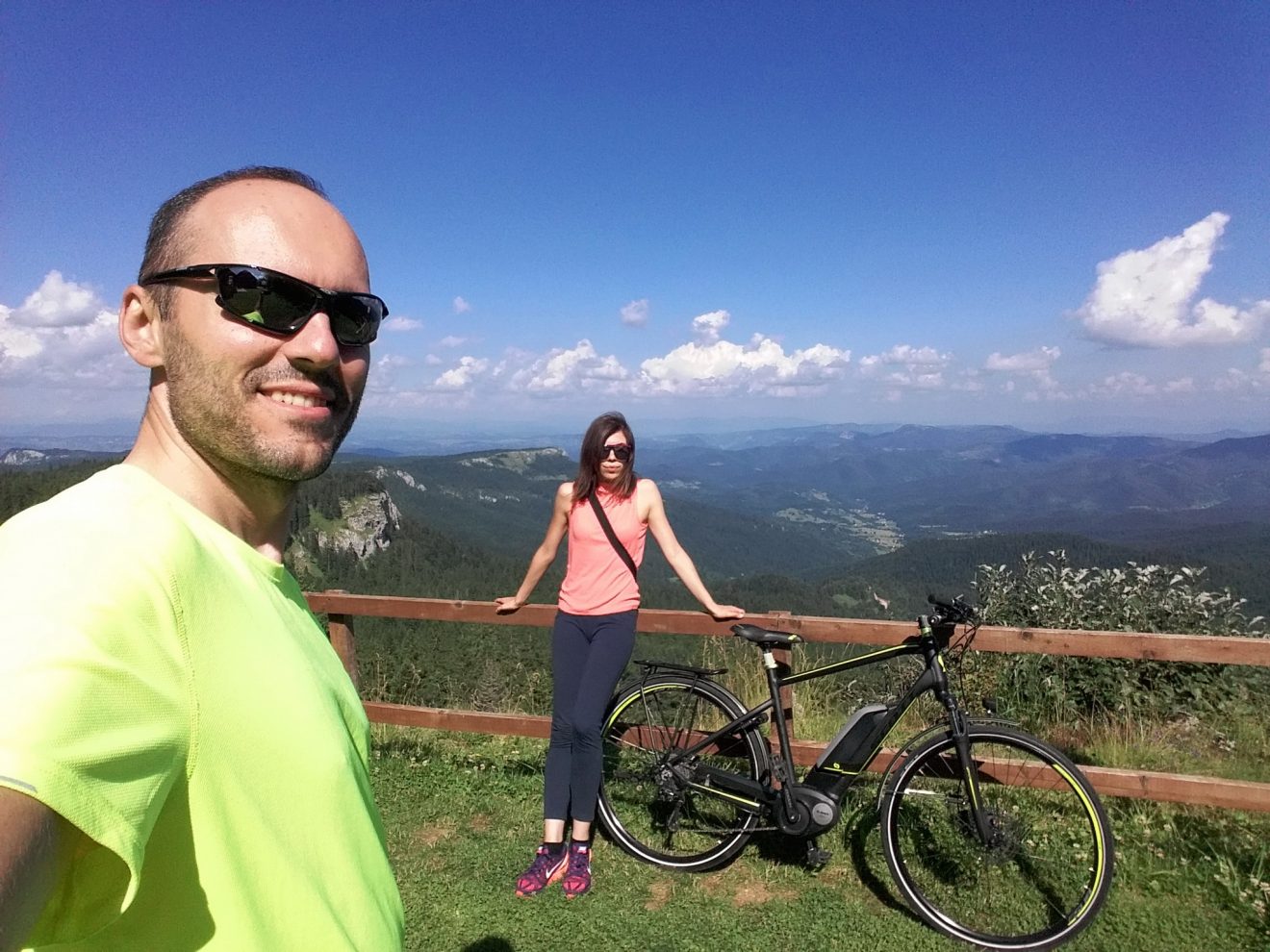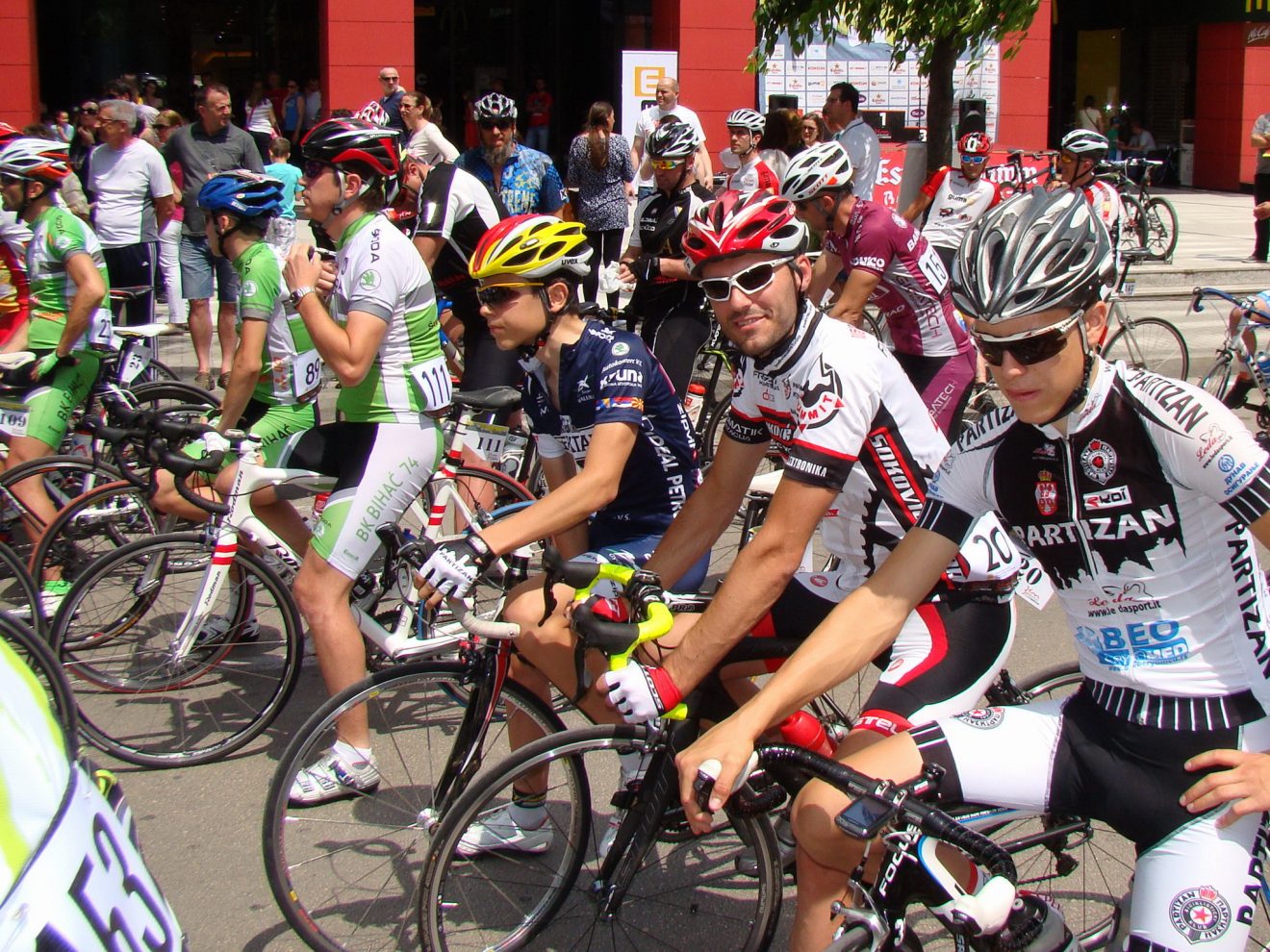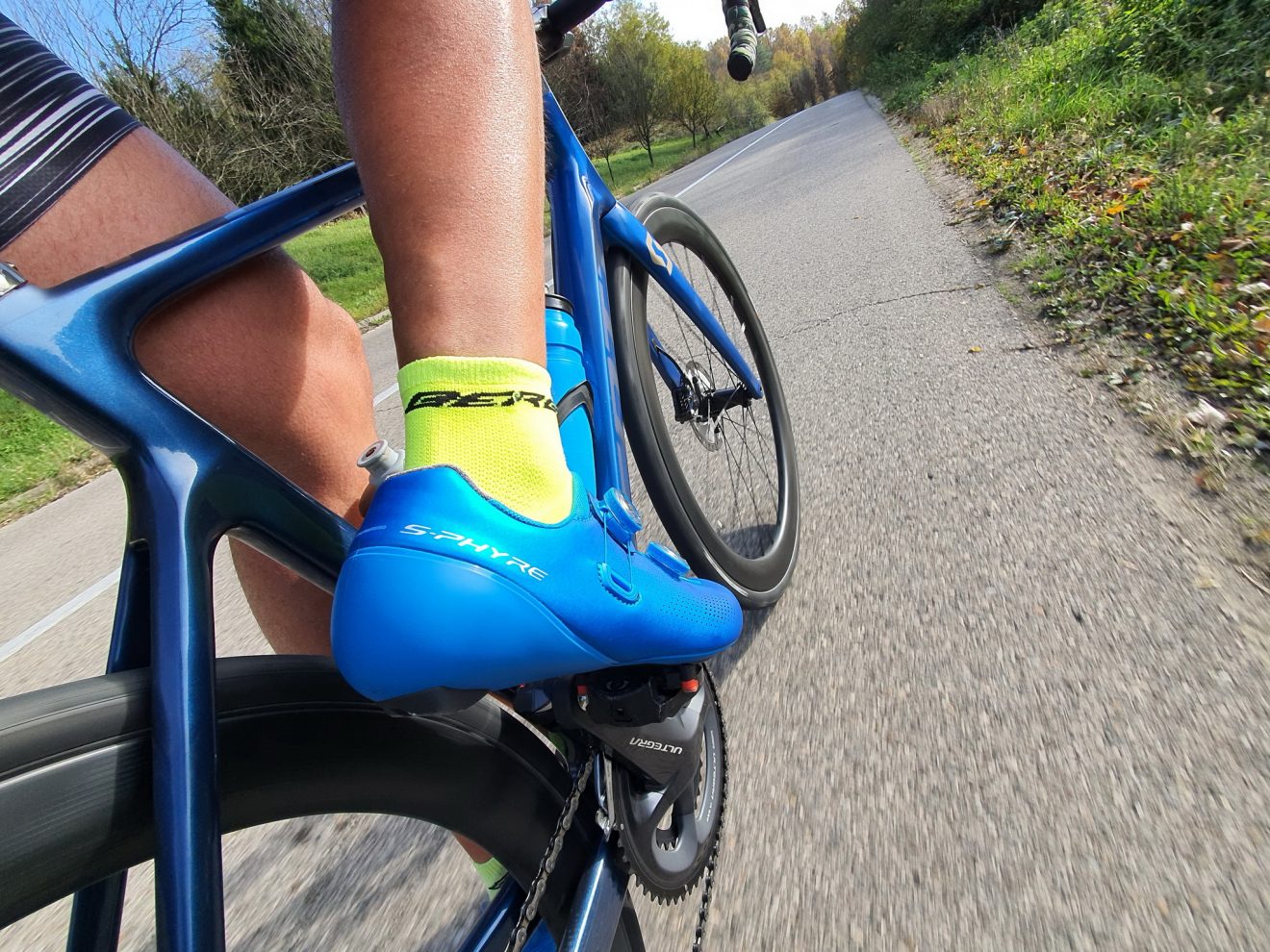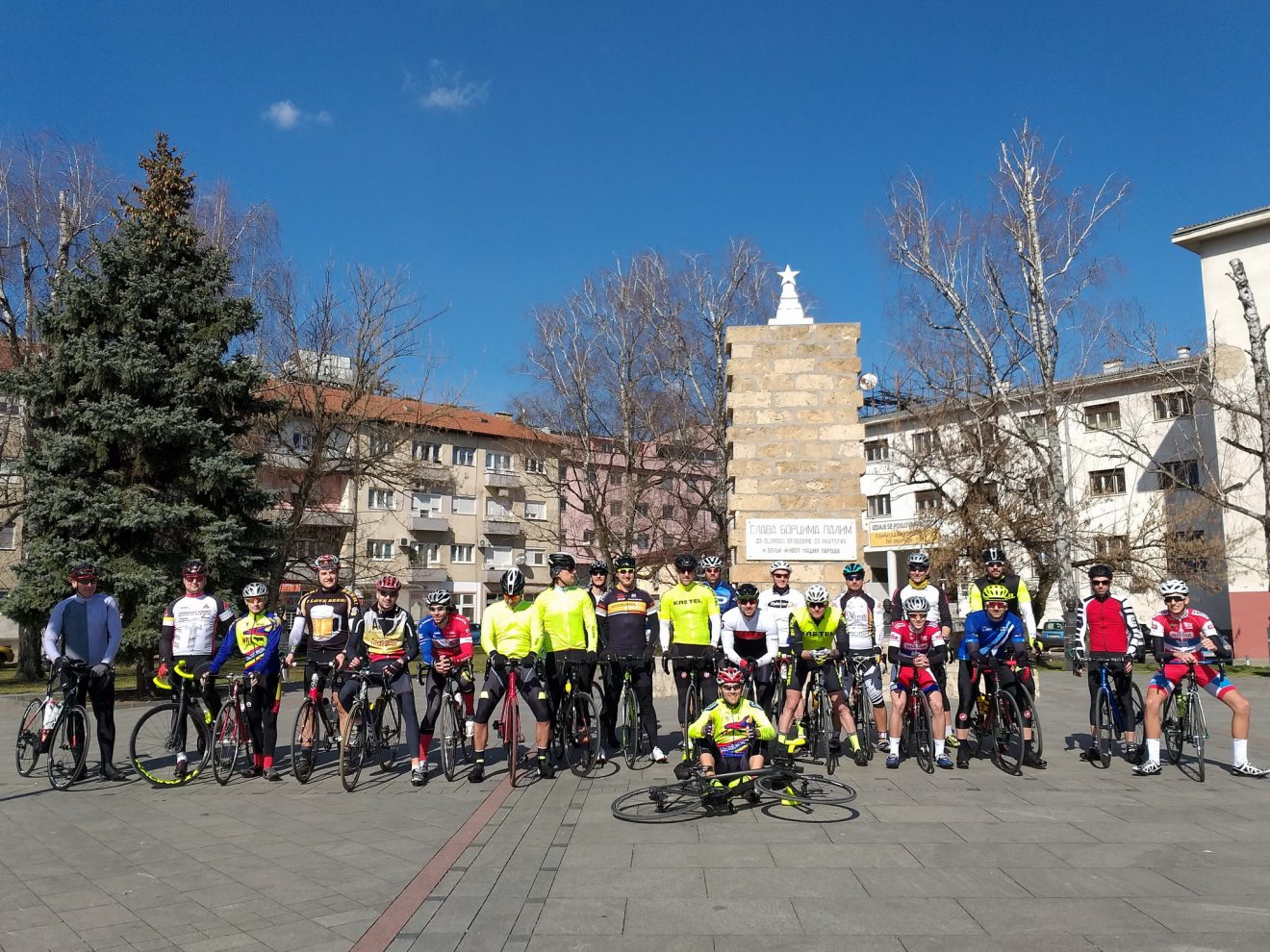People rarely succeed unless they have fun in what they are doing.
– Dale Carnegie
Cycling exists in many forms and certainly the most beautiful among them is recreational cycling, which brings psychophysical relief and “battery charging”. If we draw a parallel with some other activities, then it would be like going for a walk, leisurely playing tennis for an hour, going to a fitness center for light exercises etc.
But let’s get back to recreational cycling. For some people it constitutes of a ride of a couple of laps in the park, some find it enough to do an hour of active riding on the road or in the woods (maybe even on an e-bike), while others enjoy rides of over 100 km in length. However, what all types of recreational cyclists have in common is that they do not want to get out of their comfort zone (practically above the third heart rate zone) or to exert themselves unnecessarily by following the riding pace that does not suit them. And that’s quite OK.

Cycling as a sport
However, if you have stepped into cycling as a sport or if you are an enthusiast, competitor or potential future professional rider, then you must know that cycling as a sport is something completely different from just going out at random when to ride where you want and how long you want it. Moreover, like any sport that is based on similar principles and a combination of strength and endurance, cycling training consists of extremely technical elements and there is a structured training plan and program to follow, adapted to a calendar of races or other types of events.
It also takes a great deal of masochism, suffering and sacrifice to achieve top performance and results and, interestingly enough, just like recreational cyclists – these categories of cyclists also find satisfaction in what they do and what cycling provides them with, whether it’s winning a Strava segment, crossing several hundred kilometers a day, participating in a Granfondo event or fighting for the title of a National Champion in a certain discipline. Adrenaline and endorphin are a miracle :).

Basic prerequisites
First of all, you need to have certain goals and motivation to achieve it – whether it is to gain a possibility to ride 50 km “without doing a break” this year, to successfully ride a 200 km brevet or even a 1200 km B-HARD Ultra Race, to be able to easier follow a group of riders you often ride with, to set a personal record or a KOM on a certain climb, to win a certain race or to generally gain an ability to realise some of your ideas and desires – and then you need to adequately approach the achievement of that goal. This in any case requires a planned and structured training system. The worst type of training is “training because of the training itself”, ie to prepare for something while you don’t know what you’re preparing for and not to use the acquired form for anything in the end.

If you find yourself interested in this topic in the slightest – then you are in the right place! With a series of articles on the topic of training, I will try to show you what the training process in cycling looks like, to educate you on how certain elements are implemented and how to time the form. Also, all this wouldn’t make sense if I were to base it only on presenting my experiences. On the contrary, my plan is to, through various examples, trickle down the concept and adapt the training to different categories of cyclists, so that practically everyone can apply the training system to an extent that suits him (or her) for achieving personal goals, whether one has 24 hours a day or 6 hours a week available for cycling.
So, let’s begin!
For starters, if you are planning to officially compete, you need to be a member of a club registered with the National Cycling Federation and get a UCI license. Even if you don’t necessarily plan to race, being a member of a club is a good thing, because you will undergo a detailed medical examination in sports medicine, you will be part of a community of like-minded people that will give you an opportunity to train together (training with someone stronger than you is a kind of shortcut to your best form) and you will have the necessary logistics, both for getting your bike serviced and a purchase of equipment, as well as for traveling to the events. Enrollment in clubs is done in the so-called transitional period that goes on during winter. If this goes beyond your ideas and needs, I would recommend at least finding a group of good local riders with whom you will be able do group rides regularly or at least occasionally, in addition to your individual rider (not to be confused – some types of training are absolutely best done individually). You should also have a medical examination done for yourself.

Next, it is very important that you do quality winter preparations, and then continue with base training. Those more serious cyclists will also go to some kind of a training camp during the base period. As there is absolutely no logic to do winter preparations in spring or summer, when you should already be on the bike and in the training system, leave it for next season and join this story as you know and can :).
So, if I got you interested with this introductory story and you are looking forward to the sequel – I’m glad! In the following articles on this topic, we will deal with the topic of planning a season, e.g. creating a draft of a training plan based on the calendar of events of our interest and how to time your form – so do me a favor and in the meantime figure out what you want from this cycling season, be clear with yourself that you want to progress and get motivated to ride! And of course – share this article with your friends :).
